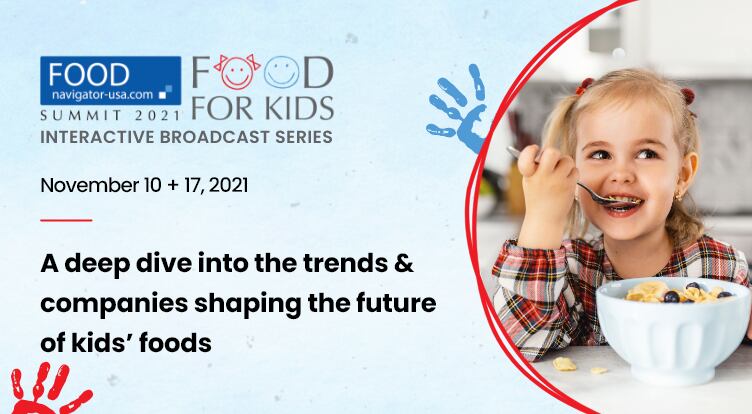“Fish are part of a healthy eating pattern and provide key nutrients during pregnancy, breastfeeding, and/or early childhood to support a child’s brain development,” FDA reiterates in guidance published Oct. 28.
The updated advice includes new information explaining how consuming fish delivers needed omega-3 and -6 fats, iodine (during pregnancy), choline for development of the baby’s spinal cord, iron and zinc to support children’s immune systems and other nutrients like protein, vitamin B12 and D, and selenium.
It also calls out “strong evidence shows that eating fish as part of a healthy diet may help your heart health,” and “moderate scientific evidence shows that healthy diets that include fish are associated with lowering the risk of becoming overweight or obese and the risk of hip fractures, colon cancer and rectal cancer.”

[Editor’s note: Interested in learning more about the role of food and nutrition in children’s development in the first 1,000 days of life? Join FoodNavigator-USA’s free, virtual Food For Kids Summit next week. On Nov. 10 we will explore what children should eat, what they should avoid and how this lines up with reality and reveals marketing opportunities. REGISTER HERE.]
While the updated guidance did not change the recommended servings or serving sizes for frequency of consumption, it clarified that children who are one year old can eat about one ounce of fish twice a week from FDA’s “Best Choices” list, which includes anchovies, Atlantic mackerel, catfish, clams, crab, crawfish, flounder, haddock, mullet, oysters, plaice, pollock, salmon, sardines, scallops, shad, shrimp, sole, squid, tilapia, trout and whiting.
As children grow, so too does their portion size with recommendations for 4- to 7-year-old doubling to 2 ounces, 8- to 10-year-olds can have 3 ounces and children 11 and older can have 4 ounces, according to the FDA.
The guidance also reaffirms pregnant and breastfeeding women should consume two to three 4-ounce servings from the “Best Choices” list weekly or one serving from the “Good Choices” list weekly.
Other than calling out the subset of ‘Best Choices’ fish, which are listed in the Dietary Guidelines for Americans as “even lower in mercury,” FDA did not change how it categorized the different types of fish on the chart – which also includes “Good Choices” and “Choices to Avoid” due to higher mercury levels. Nor did it change the fish on each list.
‘A move in the right direction’
The updated guidance was lauded by industry stakeholders for helping to clarify a historically confusing dietary decision for pregnant and breastfeeding women and young children, who for decades were advised to avoid seafood due to concerns about the buildup of toxic elements, including mercury.
“The updated advice from FDA is a move in the right direction,” Linda Lai Cornish, president of the Seafood Nutrition Partnerships, said in a statement.
She explained: “Too many women and children are missing out on the important health benefits from eating seafood. This revised language from the FDA encourages women and children to eat more seafood for their brain, heart and immune health.”
Closer to Zero action plan includes reevaluation of mercury in fish
While this update is based on the best data currently available, FDA acknowledged that it will continue to review mercury in fish – and all food consumed by babies and young children as part of its Closer to Zero action plan, which was jumpstarted in response to concerns about heavy metals and toxins in baby food.
Beginning next year, FDA says it will “look more holistically at the role of fish in the diet, considering both components that are detrimental (such as mercury) and beneficial (such as nutrients) and evaluating their respective and interacting roles in child development.
“Our aim is to have the most up-to-date understanding of the science on fish consumption in a whole diet context, which will help us determine if and how to update our fish advice in the future.”




